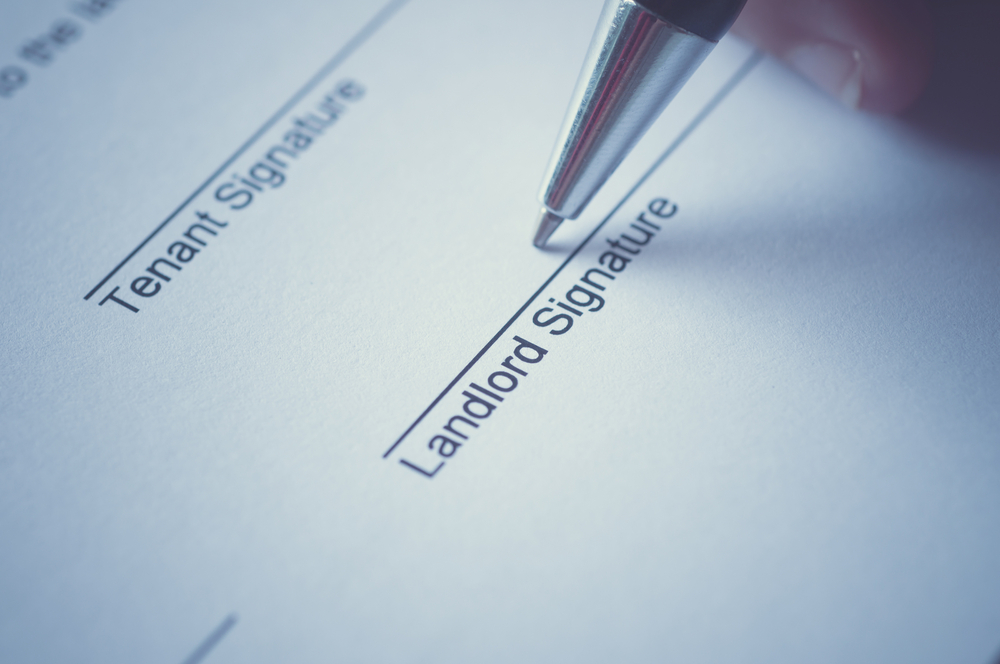
The process of becoming a Buy-to-Let landlord may not seem straightforward, with a complex set of regulations understandably a deterrent for investors and letters looking to jump into the market. But a look beyond the paperwork and red tape provides clear benefits for anyone wishing to invest and let out their own property in 2020.
The benefits are there to reaped, however; BTL mortgage rates fell in the third quarter of 2019, with the interest on both two-year and five-year fixed loans both cheaper for buyers; £144 less than it was in June for the former and an attractive £324 cheaper than 12 months ago for the latter, respectively.
Lenders are keen to massage the market and offer lower rates in an effort to encourage landlords both old and new back to market due to tighter rules and fears over the effect that Brexit could have on house prices. But caution must still be preached, as you’ll find in our tips below:
Invest carefully
It might seem obvious, but your rental income has to be enough to pay your buy-to-let mortgage. Lenders will use stress rates to help to calculate affordability, which covers the following aspects; the ability of a landlord to pay a higher rate of interest on the borrowed money, the cover ratio of interest, minimum income requirements and the rental cover rate.
With this in mind, researching in your local area is vital. Using the nation’s capital as an example, London Money broker Catherine Beaumont offers the following advice: “Research the area in which you are investing. Currently for many properties in London, the rental income isn’t enough to service the mortgage.”
Stamp duty also comes into the equation, with the purchase of a second property incurring a charge of 3%. This must all be taken into account when it comes to choosing to invest.
Tax breaks will soften financial blows
Whilst the aforementioned stamp duty charge, designed to stall the market and make buyers reconsider their purchases, has acted as a deterrent to some due to the requirement of a larger outlay of cash, there is some relief for potential and current landlords in the form of tax breaks.
“Repairs, service charges, utilities paid by the landlord, and letting agent fees are all claimable against your taxes,” advises Gorge Parker, assistant manager at Blick Rothenburg. “Likewise, the cost of replacing items, such as sofas, beds, tables and any moveable items, is allowable, but, importantly for first-time landlords, the initial outlay on new items is not.”
Thankfully, cuts to mortgage interest tax relief will occur in 2020, with a 20% income tax deduction added instead.
To go fully managed or go solo?
This is always a big question for first-time landlords and a huge factor can be the time you have available to manage your rental property. Many taking their first steps into letting a property may benefit from hiring an agent to manage their home and deal with the tenant directly while others living closer to the property in question may be perfectly placed to manage things themselves.
“For a fully managed service expect to pay between 8 per cent and 20 per cent of the rental income plus VAT,” offers Jeni Brown, sales director for Mortgages for Business. “In my experience, the fee feels very expensive until you have an issue, and then the ability to leave it to the agent becomes priceless.”
Weigh up your options; if you cannot afford the cost of a fully-managed letting service then you need confidence in your rental agreements and plans with your tenants to make sure you don’t miss out on any mortgage payments.
As with taking any big step in the property market, the key is to property educate yourself prior to making a decision about becoming a Buy-to-Let landlord. Research your local options, get the lowdown on the local market, get your finances in order and if you have tenants ready to move in, make sure you’re prepared to deal with any potential bumps in the road.